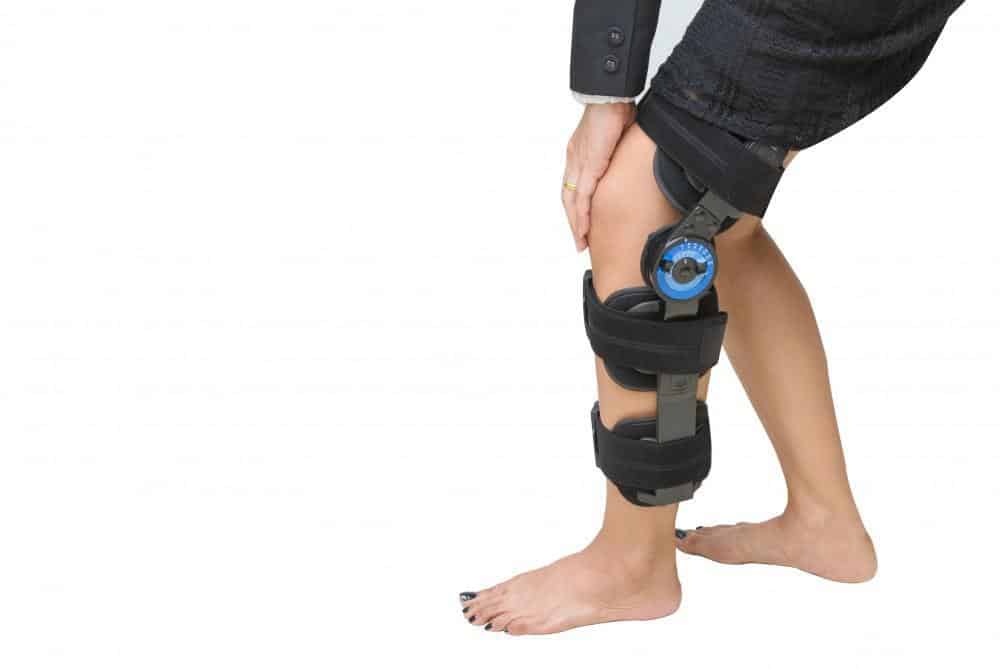
13 Jun Why Are Female Athletes More Likely to Sustain an ACL Tear?
An anterior cruciate ligament (ACL) injury or tear is bad news for any athlete, often requiring months of rehab and even the potential of surgery. Given that there are very few differences in the knees of both sexes, why are women up to 10 times more likely (depending upon the sport) to develop an ACL tear? The answer may lie in several different theories.
At our practice, orthopedic specialist Paul Eliot Hughes, MD, who was fellowship-trained in sports medicine, has extensive experience keeping our San Mateo, California, area patients as active as possible by preventing or expertly treating sports injuries of all kinds. But when it comes to the all-important knees, he sees a disproportionate number of females with ACL tears than males.
To better understand the problem, here’s what we know.
ACL 101
The anatomy of the knee, which is the largest joint in your body, is the same among men and women. This joint brings together these three bones:
- Thighbone (femur)
- Shinbone (tibia)
- Kneecap (patella)
Keeping these bones in place and enabling movement in the joint are two types of ligaments:
- Collateral ligaments, which foster side-to-side movement
- Cruciate ligaments, which control back-and-forth movement
Your anterior cruciate ligament runs diagonally across the middle of your knee and keeps your tibia from sliding out in front of your shinbone; it also handles rotational stability in your knee. ACL tears largely occur during athletic endeavors that involve sudden stopping, turning, twisting, and landing.
Women and ACL tears
The short answer to the question posed in the title of this article isn’t very satisfying: We aren’t entirely sure. But thanks to ongoing studies, we’re gaining a better idea of what may lie behind the disparity in sustaining ACL tears.
First, despite the fact that knees are basically the same between men and women, slight differences in both these and other joints may account for the higher injury rate. To start, the female pelvis has a very different shape than a male’s, and its extra width can have an effect on the stresses within your knees.
Additionally, a woman’s ACL is generally smaller, and the size of the intercondylar notch — the area where your ACL crosses your knee — is also smaller.
Biomechanics may also play a role in contributing to ACL tears among women. Because of anatomy and musculature, women move differently than men, and this difference in biomechanics may be behind the higher frequency of ACL tears in women. That said, a recent study suggests that men and women tear their ACLs exactly the same way. So, the jury remains out on this theory.
Lastly, some researchers believe hormones may play a role. Women are largely governed by estrogen and progesterone, the female hormones, and the ACL contains hormone receptors. How this plays out when it comes to ACL tears has yet to be determined, but there may be a link.
Prevention is key
While we’re not able to provide a concrete answer as to why female athletes sustain up to 10 times more ACL tears than men, we can help you avoid a tear altogether. If you’re a female athlete who relies on your knees, come in to see us about solid prevention techniques that can keep you in the game.
If you do injure your ACL, Dr. Hughes has the experience necessary to quickly treat your tear using a number of approaches, including physical therapy, surgery, and regenerative medicine. Should you have questions about ACL tears, please don’t hesitate to give us a call at (650) 239-6080.


Sorry, the comment form is closed at this time.